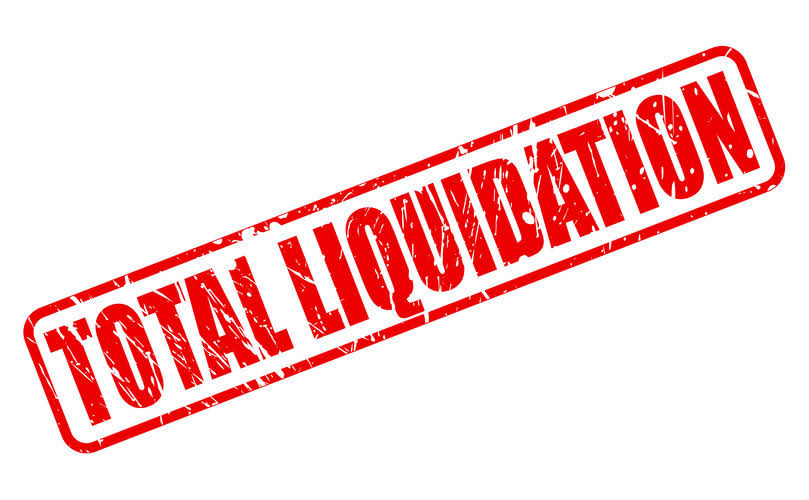Understanding how costs flow through the financial statements is an essential concept in managerial accounting and cost analysis. Instead, they are included in the cost basis of inventory through cost of goods sold as production occurs. The key difference is product costs can be traced to specific units produced, while period costs cannot. Period costs, also known as operating expenses, are expenses that are not directly tied to the production of goods or services. Instead, these costs are added over time and charged during a specific accounting period.
Production Volume Variance:
Examples include administrative salaries, marketing, research and development (R&D), etc. Rent falls under operating expenses, while product costs like labor and materials are used to calculate COGS. Tracking the difference helps with managerial decision making and financial reporting. Fixed costs are considered time costs and are included in the Profit and Loss Account. They continue to grow, forcing the business to bear them regardless of profit or loss.
Cost-to-Sales Ratio -Cost Accounting Formulas
One of the assumptions that managers must make in order to use the cost equation is that the relationship between activity and costs is linear. A diagnostic tool that is used to verify this assumption is a scatter graph. Using this equation, the Beach Inn can now predict its total costs (Y) for the month of July, when they anticipate an occupancy of 93 nights. Now, the Beach Inn can apply the cost equation in order to forecast total costs for any number of nights, within the relevant range. Accounting for both types of expenses is key for profitable pricing strategies.
Cost of product vs period cost: reflecting costs in financial statements
Let’s consider a company with an operating profit of $1,000,000 and capital employed of $5,000,000. Let’s consider a retailer with an annual demand of 10,000 units, an ordering cost of $100 per order, and a holding cost of $5 per unit per year. Let’s consider a company with an operating profit of $500,000 and a capital employed of $2,000,000.
- So, in the financial statements, it’s a key player in the Cost of Goods Sold (COGS) section on the income statement.
- All of our content is based on objective analysis, and the opinions are our own.
- Normal operating cycles are the usual time it takes for a business to turn inventory into cash.
- The operating cost is deducted from revenue to arrive at operating income and is reflected on a company’s income statement.
- For instance, a spike in rental expenses due to market changes would necessitate a reevaluation of pricing to ensure that the increased costs do not erode profit margins.
What are the Examples of Period Costs?
If operating costs become too high, management may need to increase the price of their products in order to maintain profitability. They then risk losing customers to competitors who are able to produce similar goods at a lower price point. Careful analysis of period versus product costs, combined with targeted strategies https://www.bookstime.com/statement-of-retained-earnings to control overhead and optimize production, can yield significant cost savings and competitive advantage. For example, understating product costs decreases COGS and increases net income. Indirect costs like supervision, utilities, and equipment repairs cannot be directly linked to specific units of production.
Understanding Product Costs
11 Financial’s website is limited to the dissemination of general information pertaining to its advisory services, together with access to additional investment-related information, publications, and links. Managers are always period costs formula on the lookout for ways to reduce costs while trying to improve the overall effectiveness of their operations. The Ascent is a Motley Fool service that rates and reviews essential products for your everyday money matters.
Optimizing Production: Balancing Direct and Indirect Costs
The Break-Even Point formula is used to determine the level of sales or production volume at which a business neither makes a profit nor incurs a loss. It represents the point where total revenue equals total costs, including both fixed costs and variable costs. The Break-Even Point is a crucial metric for assessing the minimum level of sales or production required to cover costs and start generating a profit. It helps businesses in making pricing decisions, determining sales targets, evaluating the feasibility of business ventures, and understanding the financial impact of changes in costs or sales volumes. Product costs are initially attached to product inventory and do not appear on income statement as expense until the product for which they have been incurred is sold and generates revenue for the business.








